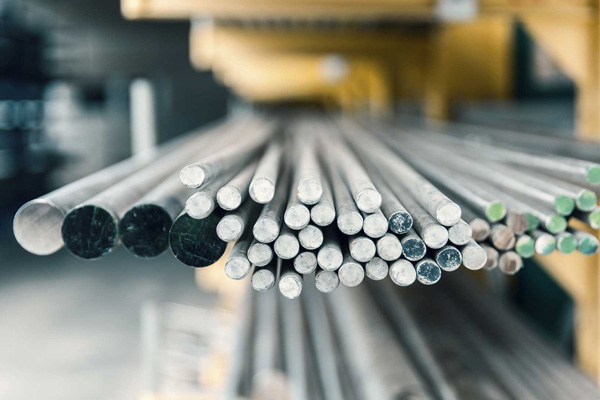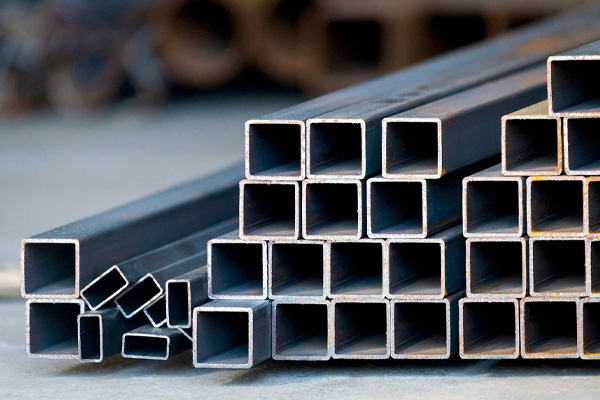Current Lead Prices
The given Lead prices are compiled from pricing lists from various manufacturers and worldwide metal market data. Lead prices are updated regularly and are solely for reference.
| United States | |||||
|---|---|---|---|---|---|
| Material | Location | Current Price | Change | Price Date | Unit |
| Lead | New York | 0.95 | 0.03 (3.26%) | 2024-02-23 | USD/lb |
| United Kingdom | |||||
|---|---|---|---|---|---|
| Material | Location | Current Price | Change | Price Date | Unit |
| Lead | National | 2,323.54 | 0 (0%) | 2024-02-23 | USD/ton |
| Japan | |||||
|---|---|---|---|---|---|
| Material | Location | Current Price | Change | Price Date | Unit |
| Pig Lead | Tokyo | 376.00 | 0 (0%) | 2024-02-23 | Yen/kg |
| Italy | |||||
|---|---|---|---|---|---|
| Material | Location | Current Price | Change | Price Date | Unit |
| CAR SINKS | National | 200.00 | 0 (0%) | 2023-12-08 | EUR/Ton |
| COLLECTION MIXED ZAMAK | National | 900.00 | 0 (0%) | 2023-12-08 | EUR/Ton |
| IRON-FREE PAINTED ZAMAK | National | 1.35 | 0 (0%) | 2023-12-08 | EUR/Ton |
| LEAD BATTERIES | National | 630.00 | 0 (0%) | 2023-12-08 | EUR/Ton |
| LEAD BRASS OGIVES | National | 1.30 | 0 (0%) | 2023-12-08 | EUR/Ton |
| LEAD CLEAN SHOTS | National | 1.40 | 0 (0%) | 2023-12-08 | EUR/Ton |
| LEAD, PIPE AND SHEET | National | 1.50 | 0 (0%) | 2023-12-08 | EUR/Ton |
| RAW ZAMAK WITHOUT IRON | National | 1.75 | 0 (0%) | 2023-12-08 | EUR/Ton |
| TRACTION LEAD BATTERIES WITH IRON CASE | National | 530.00 | 0 (0%) | 2023-12-08 | EUR/Ton |
| UNINTERRUPTED SUPPLY BATTERIES ? UPS | National | 530.00 | 0 (0%) | 2023-12-08 | EUR/Ton |
| India | |||||
|---|---|---|---|---|---|
| Material | Location | Current Price | Change | Price Date | Unit |
| Lead Ingots | Mumbai | 185.00 | 0 (0%) | 2024-02-23 | INR/KG |
| Germany | |||||
|---|---|---|---|---|---|
| Material | Location | Current Price | Change | Price Date | Unit |
| Cable Sheath Lead | Berlin | 1.50 | 0 (0%) | 2023-12-07 | Eur/kg |
| Lead Batteries | Berlin | 0.57 | 0.01 (1.79%) | 2024-02-23 | Eur/kg |
| Lead Wheel Weights Balancing Weights | Berlin | 0.50 | 0 (0%) | 2024-02-23 | Eur/kg |
| Scrap Lead Soft Soft Lead | Berlin | 1.60 | 0 (0%) | 2024-02-23 | Eur/kg |
| Denmark | |||||
|---|---|---|---|---|---|
| Material | Location | Current Price | Change | Price Date | Unit |
| Lead | National | 1,923.00 | 8 (0.42%) | 2024-02-23 | EUR/Ton |
| China | |||||
|---|---|---|---|---|---|
| Material | Location | Current Price | Change | Price Date | Unit |
| Lead | National | 15,725.00 | -375 (-2.33%) | 2024-02-23 | USD/MT |
| Lead ingot | Shanghai | 16,115.00 | 0 (0%) | 2024-02-23 | RMB/ton |
Metal Market News
About Lead
Lead
Lead is a chemical element with the symbol Pb (from the Latin plumbum) and atomic number 82. It is a heavy metal that is denser than most common materials. Lead is soft, malleable, and also has a relatively low melting point. When freshly cut, lead is a shiny gray with a hint of blue. It tarnishes to a dull gray color when exposed to air. Lead has been used by humans for thousands of years due to its various properties.
Malleability and Ductility: Lead is highly malleable and can be easily shaped, making it useful for various applications.
Density: It's one of the densest common metals, giving it weight and resistance to corrosion.
Low Melting Point: Lead has a relatively low melting point compared to other metals, making it valuable in various industrial processes.
Electrical Properties: While it's a poor conductor of electricity, lead is used in some electrical applications.
Toxicity: Lead is toxic to humans and can cause health issues, especially if ingested or inhaled. Due to its toxicity, its use has been significantly reduced in certain applications.
Lead Origin And Distribution
Lead is a naturally occurring element found in the Earth's crust, primarily in the form of lead sulfide (galena). Lead is also found in smaller amounts in other minerals, such as cerussite and anglesite. The Earth's crust contains about 0.0016% lead, making it the 23rd most abundant element.
Regarding the presence of lead on Earth, it's part of the composition that dates back to the planet's formation about 4.5 billion years ago. When the Earth was forming, heavy elements like lead were distributed throughout the planet, settling in its core and crust.
Lead Uses
Lead has been used by humans for thousands of years. It was prized for its malleability, ductility, and low melting point, and it was used to make a variety of objects, including pipes, weights, and jewelry.
Lead was also used in paint, which made it a common source of exposure for people. In the 19th and early 20th centuries, lead was also used in gasoline, which resulted in the widespread contamination of the environment with lead.
Lead-acid batteries are one of the most well-known uses of lead, commonly used in vehicles, uninterruptible power supplies (UPS), and other applications requiring a reliable and affordable energy storage solution.
Lead is used in construction for roofing, flashing, and in some alloys for plumbing. Lead is used in various alloys, such as solder, bearing metals, and certain brass compositions.
Lead-based pigments were once widely used in paints, but due to health concerns, their use has been restricted or banned in many places.
Lead is used in a variety of products, including batteries, ammunition, and construction materials. The demand for lead is expected to remain relatively stable in the coming years, driven by growth in the automotive and construction industries.
Lead Producing Countries
Following are the major Lead producing countries in the world:
- China
- Australia
- United States
- Mexico
- Peru
- India
- Russia
- Kazakhstan
- Bolivia
- Sweden
Lead Importing Countries
- China
- Germany
- India
- South Korea
- Turkey
- United States
- Japan
- Indonesia
- Vietnam
- France
Lead Production
Based on the latest available data from the International Lead and Zinc Study Group (ILZSG), global lead production in 2022 was estimated to be 4.49 million metric tons. This represents a slight decrease from the 4.64 million metric tons produced in 2021.
The top three lead producers in 2022 were China, Australia, and the United States. China accounted for 53% of global lead production, followed by Australia at 15% and the United States at 9%.
China's dominance of the lead production market is due to its vast mineral reserves and a well-established mining industry. Australia has significant lead reserves in Queensland and Western Australia, while the United States has lead mines in Missouri, Utah, and Idaho.








